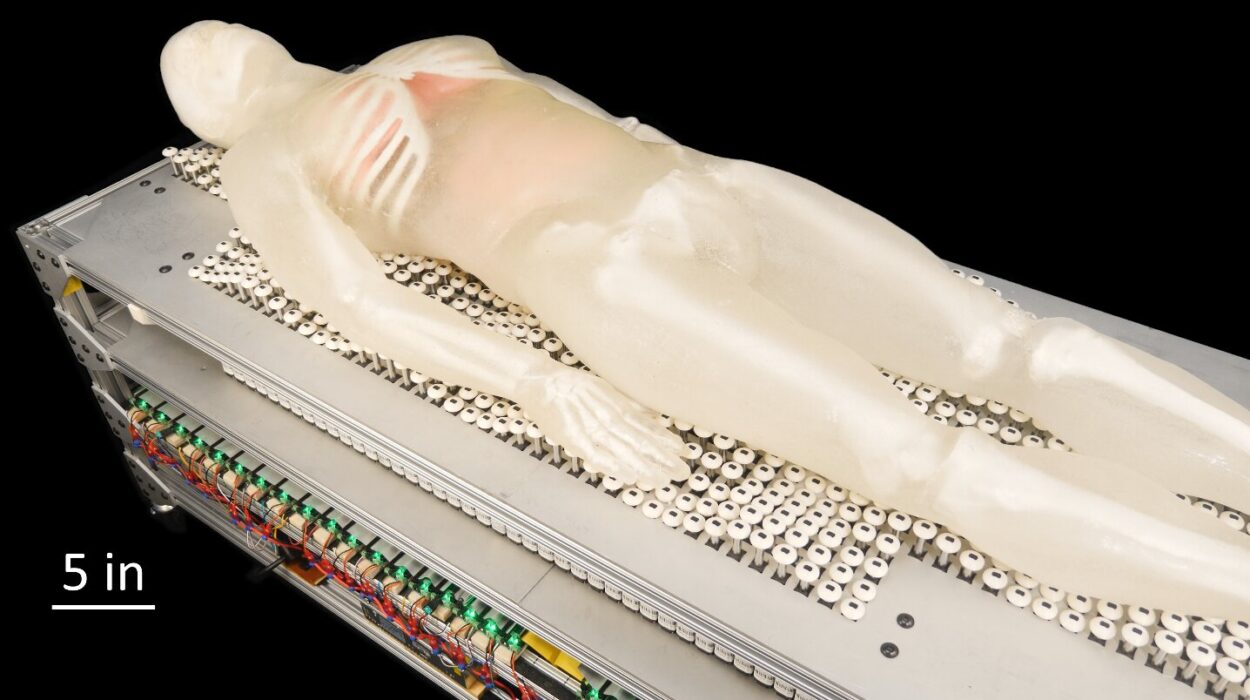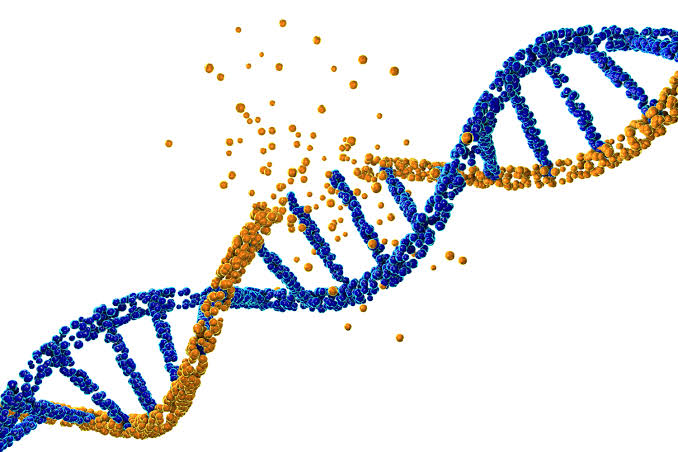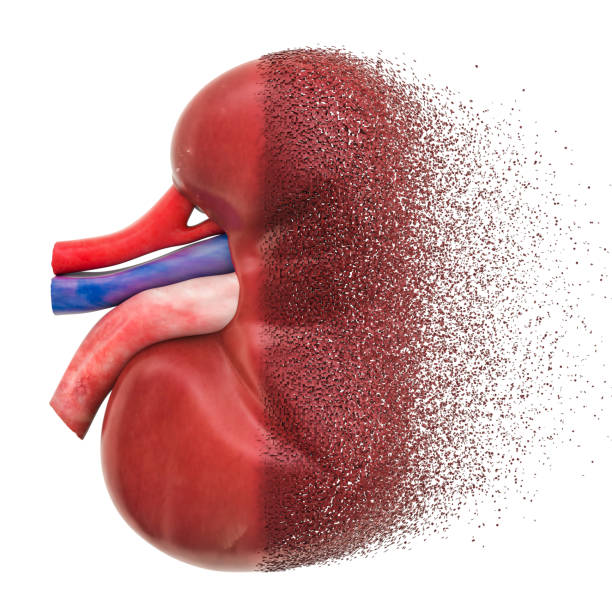When you think of a heart attack, you probably picture someone clutching their chest in sudden agony, falling to the ground, and being rushed to the hospital. That’s the dramatic version we see in movies—a clear, unmistakable emergency. But real life doesn’t always follow a script. Heart attacks don’t always shout. Sometimes, they whisper. And if you’re not paying close attention, you just might miss the early warning signs.
The human body is remarkable at sending signals when something is wrong. Yet when it comes to heart attacks—especially in women, older adults, and people with diabetes—those signals can be subtle, unusual, or even confusing. They might look like fatigue, indigestion, or mild discomfort. And because they don’t fit the textbook description, they’re often dismissed or misinterpreted—sometimes with deadly consequences.
In this article, we’ll explore the hidden, lesser-known signs of heart attacks—what they feel like, why they’re often ignored, who’s most at risk, and how understanding these quiet symptoms can save lives. This isn’t just about medicine—it’s about awareness, intuition, and learning to listen when your body whispers instead of screams.
Understanding What a Heart Attack Really Is
Before we dive into the subtle signs, it helps to understand what a heart attack actually is. A heart attack—also known as a myocardial infarction—happens when blood flow to a part of the heart is suddenly blocked. This blockage is usually caused by a buildup of fat, cholesterol, and other substances that form a plaque in the coronary arteries. When the plaque ruptures, a blood clot can form and obstruct the flow of oxygen-rich blood to the heart muscle.
Without oxygen, the heart tissue begins to die. The longer this goes untreated, the more damage occurs. That’s why immediate treatment is so important. But if the symptoms aren’t recognized quickly—or at all—that crucial window for intervention can close without anyone realizing what’s happening.
The Classic Signs—and Why They’re Not Always Reliable
The most well-known heart attack symptoms include:
- Intense chest pain or pressure (often described as a “crushing” feeling)
- Pain that radiates to the left arm, jaw, or back
- Shortness of breath
- Cold sweats
- Nausea or vomiting
These are real and serious warning signs. But they don’t tell the whole story. In fact, research shows that a significant percentage of people—especially women—don’t experience these symptoms at all. Instead, they might have what doctors call a “silent” or “atypical” heart attack.
And herein lies the danger: if you’re expecting fireworks, you might miss the smoke.
Fatigue That Won’t Quit: More Than Just Tiredness
Feeling tired after a long day is normal. But a sudden, unexplained wave of exhaustion—especially if it comes on out of nowhere—could be a red flag.
Many people, particularly women, report unusual fatigue in the days or weeks before a heart attack. This isn’t just a sleepy feeling—it’s a deep, bone-weary kind of tiredness that makes everyday tasks feel like climbing a mountain. Getting dressed, walking to the kitchen, or carrying groceries might feel overwhelming.
This kind of fatigue is often overlooked or attributed to stress, aging, or a busy lifestyle. But when the heart is struggling to pump effectively, the rest of the body doesn’t get the oxygen it needs. The result is profound fatigue that doesn’t improve with rest.
If you find yourself constantly drained for no clear reason, and especially if it’s accompanied by other mild symptoms, don’t ignore it.
Shortness of Breath: Gasping for Clues
Another commonly missed symptom is shortness of breath, or dyspnea. You might feel winded after climbing stairs you normally handle with ease, or out of breath while lying down. In some cases, people feel a tightness in the chest or throat that mimics anxiety or an asthma attack.
This symptom is especially common in women and older adults and may occur without any chest pain. It happens because when the heart isn’t pumping efficiently, fluid can back up in the lungs. The result is a sense of suffocation or air hunger, even at rest.
If breathing becomes difficult or unusual for you, especially if it’s paired with other symptoms, consider your heart a possible suspect.
Jaw, Neck, and Back Pain: The Surprising Locations
We tend to associate heart pain with the chest. But in many cases, especially among women, the pain shows up elsewhere—like the jaw, neck, shoulders, or upper back. These areas might ache, burn, or feel tight. The pain can come and go, or feel like pressure, heaviness, or even stiffness.
Sometimes it’s mistaken for muscle strain, dental problems, or tension headaches. But the nerves that serve the heart also connect to other parts of the upper body, which is why pain can be referred to these areas.
If you feel unexplained upper body discomfort that’s not tied to an injury or physical activity, and it lingers or gets worse with exertion, don’t shrug it off.
Indigestion, Nausea, and Stomach Discomfort: Not Just a Tummy Trouble
One of the most misleading symptoms of a heart attack is gastrointestinal distress. Many people, especially men, experience what feels like indigestion or heartburn. They may feel bloated, queasy, or even vomit. These symptoms are often dismissed as something they ate.
However, the heart and stomach are located close together, and heart problems can easily create sensations that mimic digestive issues. If you don’t usually have indigestion, and suddenly experience persistent nausea or stomach pain—especially after physical exertion—it could be cardiac in origin.
Trust your gut—but be aware that sometimes, your gut is telling you something about your heart.
Sweating and Dizziness: The Body in Distress
Cold, clammy sweating that comes on suddenly is another warning sign that something serious might be happening. Unlike sweating from heat or exercise, this kind of sweat feels strange—often paired with lightheadedness, dizziness, or even fainting.
These symptoms result from the body’s stress response as it struggles to maintain blood pressure and circulation. If your body breaks into a sweat for no clear reason and you feel faint or dizzy, especially in combination with other signs, you could be in the early stages of a heart attack.
Anxiety and a Sense of Doom: The Brain-Heart Connection
Another subtle but powerful warning sign is a sudden onset of anxiety, panic, or a feeling of dread. This isn’t your usual nervousness—it’s often described as an overwhelming sense that something is very wrong, even if the physical symptoms seem mild.
The brain and heart are deeply connected, and when the heart is in distress, the nervous system can react with heightened alertness. People sometimes confuse this with a panic attack—but the key difference is that panic attacks are often familiar and follow a pattern, while a heart attack-related anxiety may feel different, foreign, or more intense than usual.
Don’t dismiss it as “just stress” if your gut says it’s something more.
Silent Heart Attacks: No Symptoms at All?
Perhaps the most dangerous type of heart attack is the one that comes without any noticeable symptoms. These are called “silent” heart attacks. They often go undetected until much later, discovered through routine ECGs or tests done for unrelated reasons.
Silent heart attacks are more common in people with diabetes, who may have nerve damage (neuropathy) that dulls pain sensations. Elderly people are also at higher risk. These attacks can still cause serious damage to the heart and increase the risk of future cardiac events.
Even without obvious symptoms, your body may still send small signals—like fatigue, shortness of breath, or general malaise. Pay attention to changes in how you feel, even if they’re hard to explain.
Why Women’s Symptoms Are Often Overlooked
Women are more likely than men to experience atypical or subtle symptoms. While chest pain remains the most common symptom for both sexes, women are more likely to experience:
- Fatigue
- Nausea
- Shortness of breath
- Back or jaw pain
Unfortunately, many women delay seeking help because their symptoms don’t match the “male” stereotype of a heart attack. They may think it’s stress, the flu, or even just aging. This delay can be deadly.
Education, awareness, and speaking up—even when you’re not sure—can make all the difference.
High-Risk Groups and Their Unique Challenges
Certain groups are more prone to atypical symptoms or silent heart attacks. These include:
- People with diabetes: Nerve damage can blunt pain responses.
- Older adults: May attribute symptoms to aging or arthritis.
- People with mental health disorders: Anxiety or depression may mask or confuse symptoms.
- Those with previous heart problems: May assume it’s something else.
In these populations, vigilance is critical. Knowing your own risk factors and being alert to any new or strange sensations can save your life.
When to Seek Help: Trust Your Instincts
The biggest mistake people make during a heart attack is waiting too long to seek help. They tell themselves it’s nothing. They hope it will pass. They don’t want to “overreact.”
But in matters of the heart, hesitation can be fatal.
If you feel any of the symptoms discussed—especially in combination—and they’re new, sudden, or unexplained, don’t wait. Call emergency services. It’s better to be wrong and safe than to be right and gone.
Doctors would rather see ten people with chest pain that turns out to be heartburn than miss one real heart attack.
The Role of Prevention: Know Your Numbers
While this article focuses on recognition, the best way to fight heart disease is to prevent it in the first place. Regular checkups, blood pressure control, cholesterol monitoring, diabetes management, not smoking, and staying physically active can dramatically reduce your risk.
But prevention also includes awareness. Knowing what to look for—and acting on it—can change everything.
Conclusion: Listening to the Heart’s Quiet Cry
A heart attack doesn’t always come crashing through your door. Sometimes it knocks softly. Sometimes it leaves only whispers. And if you’re not paying attention, you might miss the warning entirely.
But awareness is power. Understanding the lesser-known signs of a heart attack can turn a life-threatening moment into a life-saving one. It means knowing your body, respecting your intuition, and trusting that small symptoms can mean something big.
Because the heart, in its quietest voice, is still asking to be heard.
And when you listen—you just might save your own life.






